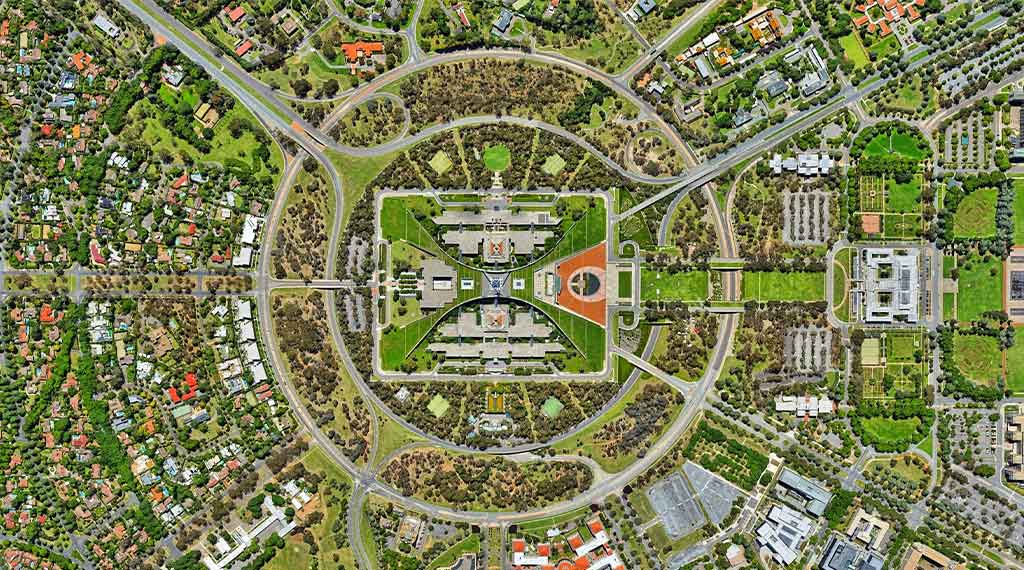
Stories
London, the smartest city in the world despite Brexit
European capitals dominate IESE Cities in Motion Index 2019
May 6, 2019
Despite the uncertainty surrounding Brexit, the capital of the United Kingdom reigns as the world’s “smartest” city, according to the IESE Cities in Motion Index 2019. As home to seven of the top 10 cities, Europe leads the ranking of the most developed and sustainable cities across the globe.
London tops the ranking thanks to its excellent results in almost all areas analyzed by the IESE Center for Globalization and Strategy, although it remains to be seen how Brexit will affect the city’s future. Meanwhile, New York occupies the second spot, due mainly to its economic might, and Amsterdam comes in third.
European hegemony
According to the report, led by IESE professors Pascual Berrone and Joan Enric Ricart, European cities score the most points for their quality of life and sustainability provisions, with Amsterdam (3), Paris (4), Reykjavík (5), Copenhagen (8), Berlin (9) and Vienna (10) all accompanying London in the top 10. Just two Asian cities make the cut this year: Tokyo (6) and Singapore (7).
Looking at the top 50 positions, Europe’s dominance is still evident, with more than half of the cities (28) hailing from this continent. After Europe comes North America with 13, Asia with five, and Oceania with four.
Within Oceania, the top ranked city is Sydney (19). Trailing behind are the leaders of Latin America and Africa, which are Santiago de Chile (66) and Casablanca (155), respectively.
Reykjavík’s presence among the five smartest cities shows that size isn’t everything. Although megacities — namely London, New York, Paris and Tokyo – dominate the top of the ranking, medium-sized cities — such as Amsterdam, Vienna and Copenhagen — and smaller ones — such as the Icelandic capital — are also performing well.
How to improve
The perfect city does not exist, as the index clearly shows. Only an elite group — London, Amsterdam, Seoul and Vienna among them — manages to score relatively well in almost all the nine dimensions of city life evaluated.
Many others are notably unbalanced. For example, New York’s economy is booming, but its social cohesion leaves much to be desired. To generalize a bit, North American cities tend to stand out for their economic and human capital strengths, while European cities shine for their social cohesion, transportation (mobility) and public management.
The authors stress that city managers should have a long-term view in order to set the right priorities for a sustainable future. They also advise that collaboration is the cornerstone of success, with civic participation as a power tool for transformation. Without citizens’ involvement, any strategy, no matter how smart or global it may be, will be destined for failure.
Methodology, very briefly
The sixth edition of the IESE Cities in Motion Index (CIMI) analyzes the level of development of 174 cities — nine more than the previous year — along nine dimensions considered keys to progress: human capital, social cohesion, economy, environment, governance, urban planning, international outreach, technology, and mobility and transportation.
For more information, see IESE Insight.


